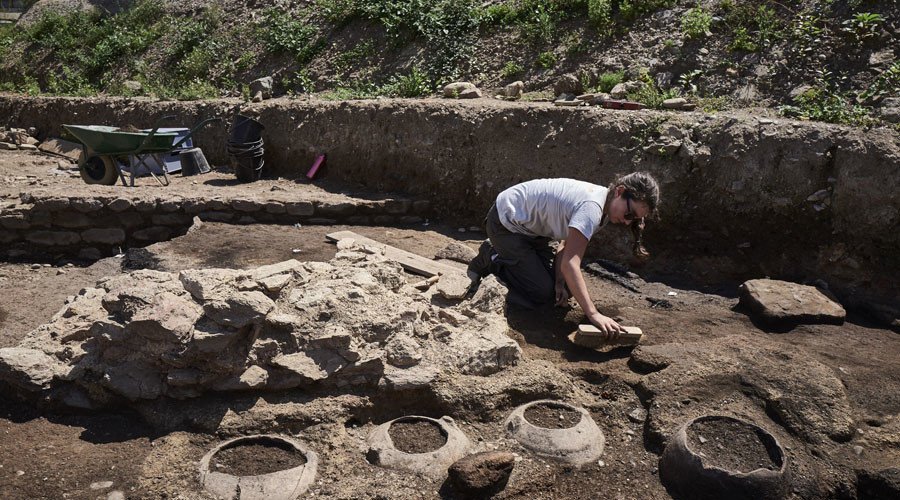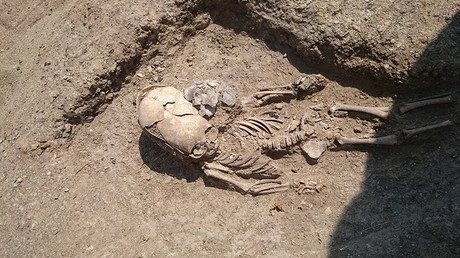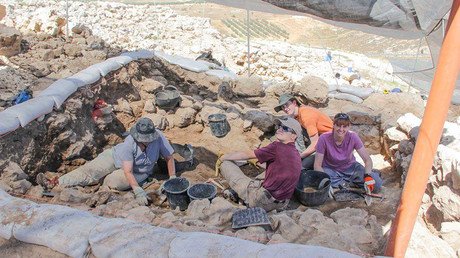'Little Pompeii': French archaeologists uncover Roman neighborhood dating back to 1st century
French archaeologists have unearthed a Roman neighborhood in the country's southeast, calling the discovery a "real little Pompeii." The findings include the remains of luxury homes and public buildings.
The discovery took place on the banks of the Rhone river in the city of Vienne, about 30 kilometers (18 miles) south of Lyon. It was found on land awaiting the construction of a housing complex and covers nearly 7,000 square meters (75,000 square feet).
The neighborhood includes homes dating back to the 1st century AD, and is believed to have been inhabited for around 300 years before being abandoned after a series of fires.
"We're unbelievably lucky. This is undoubtedly the most exceptional excavation of a Roman site in 40 or 50 years," lead archaeologist, Benjamin Clement, told AFP.
The French culture ministry termed the discovery an "exceptional find."
Many artefacts at the site have been well-preserved, prompting Clement to refer to the area as "a real little Pompeii in Vienne." The remark references the Roman-city state, now a UNESCO World Heritage Site, which was extremely well-preserved after being covered in volcanic ash.
Bacchanalian House is among the structures that partly survived, though, its first floor, roof, and balcony had been destroyed by fire. Archaeologists believe the house, which included balustrades, marble tiling, large gardens, and a water supply system, belonged to a wealthy merchant.
Clement said he and his colleagues would be able to restore the house, whose name is derived from a tiled floor depicting a procession of maenads (females followers of the god of wine known as Dionysus or Baccus).
"We will be able to restore this house from the floor to the ceiling," he said.

A second house features a mosaic which depicts Thalia, muse and patron of comedy, being kidnapped by Pan, god of the satyrs. The mosaics are being removed and taken away to be restored, with the intention of having it displayed in Vienne's museum of Gallo-Roman civilization in 2019.
A large public building with a fountain adorned by a statue of Hercules was also discovered. Clement believes it may have once housed a philosophy school.
Excavations at the site began in April, and are due to end in mid-September. However, the dig has been extended by the French government until the end of the year to hopefully throw up more discoveries.
Clement and his team will dig down to older parts of the site in the coming months, in order to explore an area containing workshops.
Vienne, a city famous for its Roman theatre and temple, was once an important location on the route connecting northern Gaul with the Roman province of Gallia Narbonensis in southern France.
The discovery comes just one month after another "Pompeii-like" discovery was made in Rome, Italy, during the construction of the city's new subway line. Those findings included a charred building complete with an 1,800-year-old dog skeleton.














